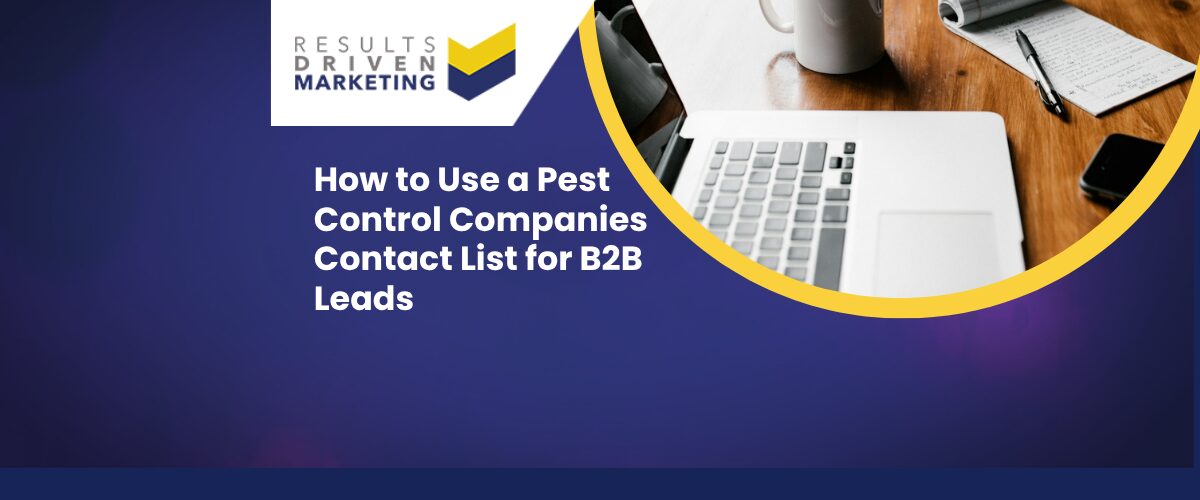
Targeting Decision Makers: How to Reach the Right People Faster
If you’re focused on targeting decision makers in your B2B outreach, you’re already ahead of the curve. For UK SMEs, especially sales and marketing leaders, success often hinges on one critical factor: getting your message in front of the person who can say “yes.”
Yet too many campaigns fall flat because they waste time on gatekeepers, middle managers, or generic contacts who aren’t empowered to buy. That means longer sales cycles, lower response rates, and lost opportunities.
This post will show you how to identify the right people faster—using sharper data, smarter segmentation, and tailored outreach. We’ll cover what defines a real decision maker, how to find them, and how to connect with messaging that actually lands. Whether you’re planning a new campaign or fine-tuning your targeting strategy, this guide will help you build momentum, save time, and close more of the right deals.
Why Targeting Decision Makers Matters More Than Ever
The first step to better B2B results is simple: stop talking to the wrong people. Targeting decision makers ensures your outreach is focused, efficient, and conversion-ready—because time wasted on the wrong contacts is opportunity lost.
The Cost of Misaligned Outreach
Chasing leads without buying authority slows everything down. Whether it’s waiting for a referral or navigating internal politics, every extra step adds friction—and drains your time and budget.
Faster Sales Cycles, Higher Close Rates
When your message lands with the person who makes the call, things move faster. You can skip the runaround and focus on meaningful conversations that lead to action. Decision makers aren’t just receptive—they’re decisive.
Aligning with the Real Buying Process
In today’s SME landscape, buying decisions are increasingly collaborative. But there’s always a primary driver. By identifying and targeting that individual (or small group), you gain traction early—and stay top-of-mind throughout the sales journey.
What Defines a True Decision Maker in B2B
Knowing you need to reach a decision maker is one thing—knowing who that actually is within a company is another. Successful targeting of decision makers starts with understanding who holds the authority, who influences the deal, and what roles truly matter in your sales cycle.
Titles and Roles to Prioritise
While job titles vary by industry and company size, there are clear patterns in B2B:
-
C-Suite: CEOs, COOs, and CFOs often have the final say, especially in small to mid-sized businesses.
-
Directors and Department Heads: Sales Directors, Marketing Directors, and Operations Managers usually control budget and vendor decisions in their areas.
-
Procurement or Buying Leads: In more structured environments, these roles manage sourcing and supplier relationships.
Functional Influence
Not everyone with a budget signs the contract—but many shape the buying process. Consider:
-
Influencers: Specialists, managers, or coordinators who research solutions and report up the chain.
-
Gatekeepers: Assistants or admin roles who manage access to senior staff.
-
Champions: Internal advocates who can push your solution forward.
Understanding the role someone plays in the decision helps you tailor your message—and increase your chances of breaking through.
Smart Ways to Identify Decision Makers
Once you know who you’re looking for, the next challenge is finding them. Whether you’re working with a new list or sourcing contacts from scratch, successful targeting of decision makers relies on smart research, data refinement, and a bit of detective work.
Using B2B Data and Segmentation
Start with your data provider or CRM filters. Look for:
-
Job Title and Seniority
-
Department Alignment
-
Company Size and Industry
Good segmentation ensures you’re speaking to people with relevant authority—not just random names in the right industry.
Leveraging LinkedIn and Sales Platforms
Use LinkedIn or tools like Apollo or Cognism to spot decision makers by:
-
Job descriptions and seniority indicators
-
Activity and engagement
-
Team structure and connections
Look for words like “strategy,” “budget,” “owner,” or “procurement” to identify decision-making authority.
Cross-Referencing and Verifying Internally
Already talking to someone? Ask who else is involved. Review signatures, CRM notes, and past call logs to uncover hidden influencers or blockers. Every touchpoint is a data point.
Outreach Strategies That Resonate with Decision Makers
Getting in front of decision makers is only half the battle—earning their attention is the other. Your targeting of decision makers will fall flat if your outreach sounds generic, unclear, or irrelevant.
Messaging that Speaks to Their Pain Points
Decision makers care about:
-
ROI and measurable results
-
Operational efficiency
-
Risk reduction or compliance (e.g., staying aligned with GDPR)
Skip the fluff. Get to the point with outcomes they care about.
Personalisation Beyond the First Name
Mention:
-
Their industry
-
Role-specific challenges
-
Relevant regulatory or market pressures
Position your message like it’s built for them—not sent to everyone.
Multi-Touch, Multi-Channel Execution
Use a mix of:
-
Email
-
Phone
-
LinkedIn
-
Retargeting (for those who’ve visited your site)
Each channel reinforces your message and builds familiarity.
Common Targeting Mistakes (and How to Avoid Them)
Even with good intentions, poor execution can sabotage your targeting of decision makers. Avoid these common errors to keep your outreach effective.
Assuming Job Titles Always Reflect Authority
Don’t assume “Manager” means decision maker—or that “Director” always owns budget. Validate the role and its responsibilities.
Overlooking Influencers Who Matter
Champions and stakeholders can sway decisions. Don’t ignore them just because they don’t sign the contract.
Using Generic Messaging
If your value prop could apply to any business, it won’t appeal to any specific one. Get clear, get relevant.
Neglecting Data Hygiene
Outdated records lead to bounced emails, missed calls, and wasted energy. Clean, enrich, and segment your lists regularly.
Need help sourcing up-to-date, segmented contact data? Check out our email lists tailored for decision-maker targeting.
Measuring the Impact of Targeted Outreach
You’ve invested in targeting decision makers—now track the return.
Key Metrics to Track
-
Response rate by role
-
Meetings booked or demos per segment
-
Deal velocity by contact seniority
These metrics show which roles are driving your best outcomes.
Feedback Loops for Continuous Improvement
Use call logs, CRM data, and sales feedback to:
-
Refine your ICP
-
Update messaging
-
Sharpen segmentation
Great targeting evolves. Keep improving.
Final Thoughts: Precision Over Volume = Better Results
Targeting decision makers isn’t about reaching everyone—it’s about reaching the right people. Smart data, clear segmentation, and tailored messaging will always outperform mass outreach.
Want to start building smarter campaigns? Contact us for help identifying your ideal prospects—or explore our full range of email lists to connect with real UK decision makers faster.
About RD Marketing
RD Marketing is a UK-based B2B data partner helping SMEs build smarter outreach campaigns through precision-targeted contact lists. We specialise in helping you reach the right people—so your sales and marketing teams spend less time guessing, and more time closing.





